The 1960s is often remembered as a revolutionary time for television. While many shows were still firmly rooted in the wholesome family values of the previous decade, others pushed boundaries in ways that seem surprising even today. Behind their seemingly simple premises, these shows tackled profound philosophical questions, social issues, and existential themes that viewers might not have expected from their evening entertainment. Here’s a look at twelve shows from the ’60s that were secretly much deeper than they appeared on the surface.
1. The Twilight Zone (1959-1964)
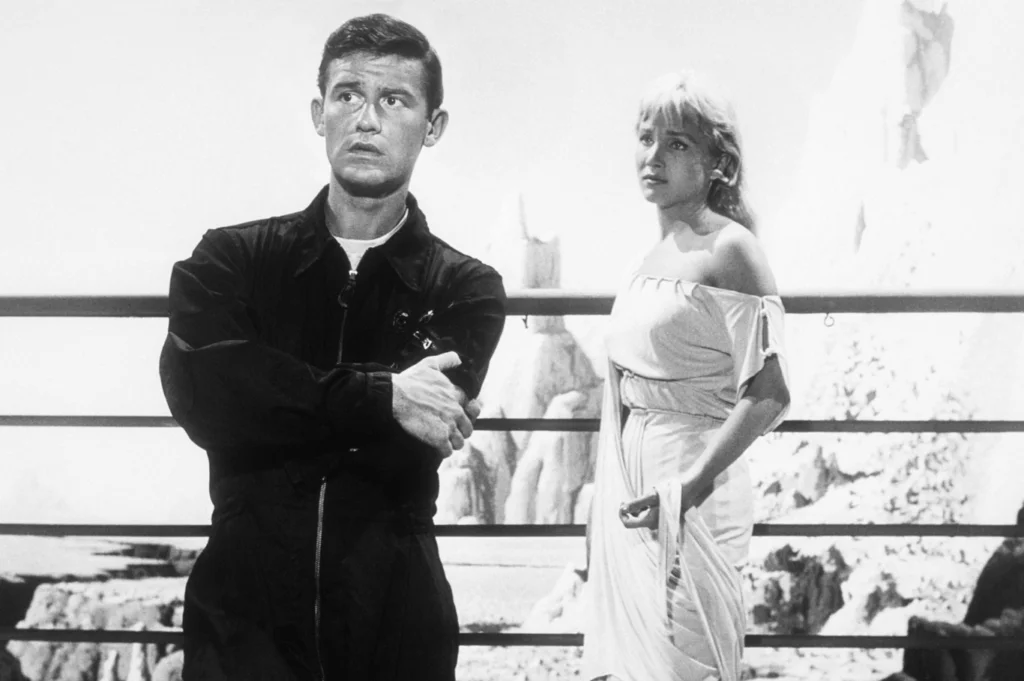
What looked like a science fiction anthology series was actually a profound exploration of human nature, morality, and society’s deepest fears. Creator Rod Serling used the show’s fantastical premises to bypass network censorship, addressing topics like nuclear war, racism, conformity, and totalitarianism when direct commentary would have been forbidden. Each episode served as a parable, using aliens, time travel, or supernatural elements to hold up a mirror to humanity’s failings. Its impact resonates so strongly, SlashFilm reports, that it continues to inspire shows of a similar genre to this day.
Episodes like “The Monsters Are Due on Maple Street” revealed how quickly fear turns neighbors against each other, while “Time Enough at Last” examined isolation and the fragility of civilization. The show’s staying power stems from these timeless philosophical questions about what it means to be human, making it just as relevant and thought-provoking today as it was sixty years ago.
2. Star Trek (1966-1969)
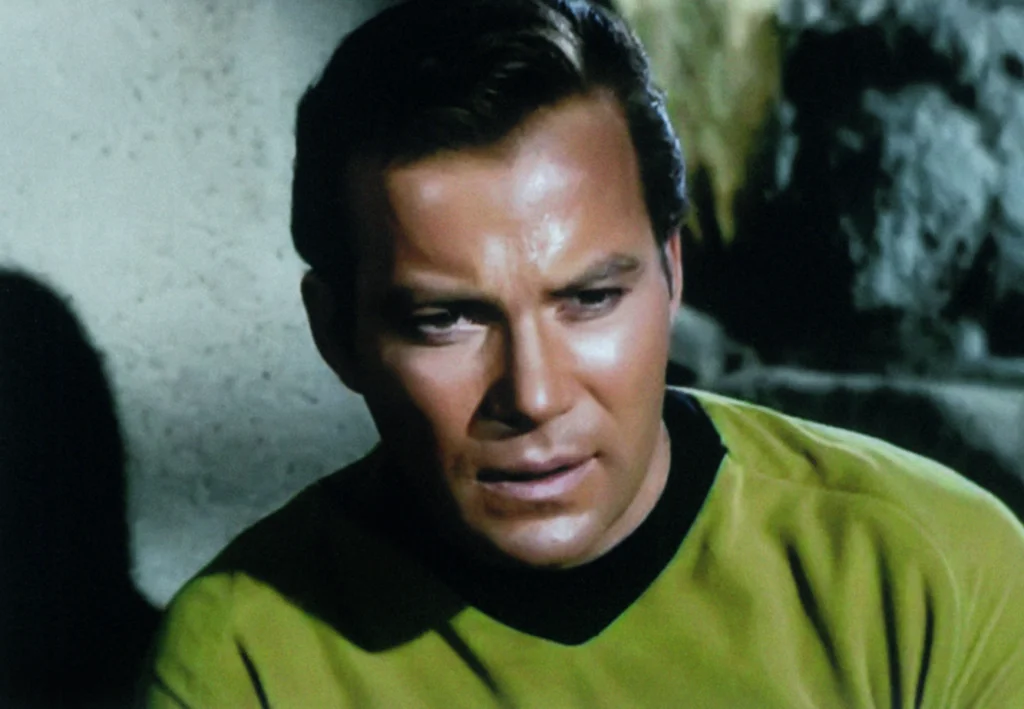
Disguised as a space adventure series, Star Trek was actually creator Gene Roddenberry’s vehicle for exploring profound questions about ethics, cultural diversity, and humanity’s future. The diverse crew of the Enterprise sailed through space at a time when television rarely showed people of different races working together as equals, much less in positions of authority. The show used science fiction to tackle contemporary issues like racism, war, and authoritarianism that would have been censored if addressed directly. As explored by Smithsonian Magazine, this show influenced not just sci-fi television but science itself.
Episodes like “Let That Be Your Last Battlefield” presented a powerful allegory about racial prejudice with its black-and-white faced aliens, while “The City on the Edge of Forever” explored the moral weight of individual sacrifice for the greater good. By setting these stories in the future and on distant planets, Star Trek created enough distance for viewers to confront uncomfortable truths about their own society while offering an optimistic vision of humanity’s potential.
3. The Prisoner (1967-1968)
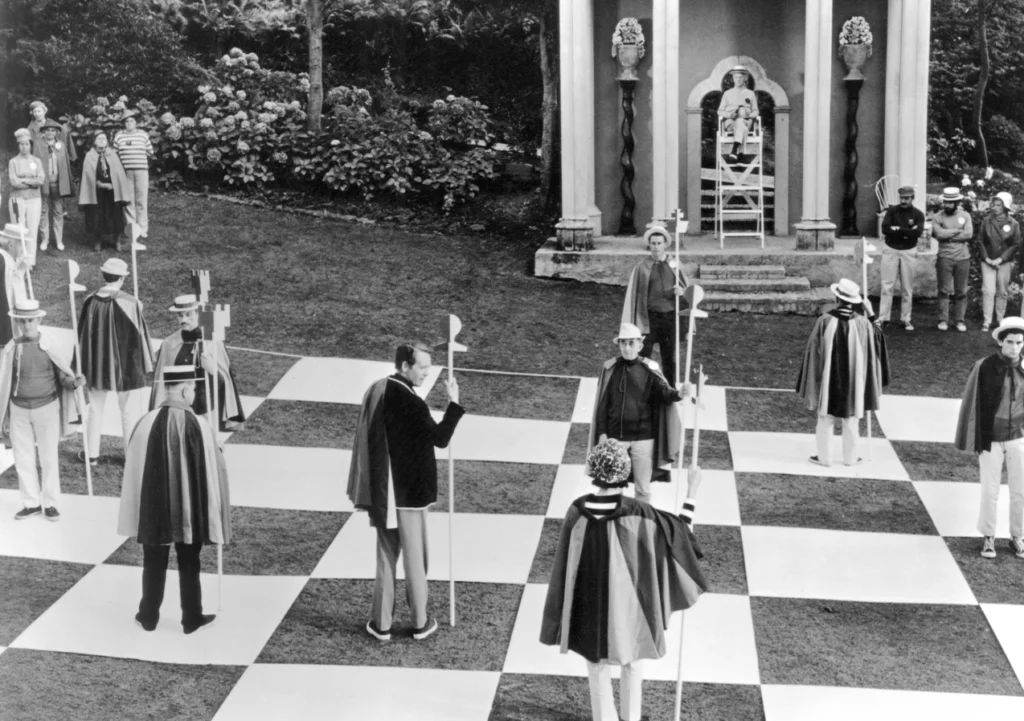
This surreal British series followed a former secret agent imprisoned in a mysterious coastal village, presenting itself as an espionage thriller but delivering a profound meditation on individuality versus collectivism. Patrick McGoohan’s character, known only as Number Six, fought against attempts to break his will and extract his secrets, declaring in the iconic opening sequence, “I am not a number, I am a free man!” The Village became a microcosm for exploring conformity, state surveillance, and psychological manipulation. IMDb turns back the clock to find out what happened to the cast of this unique series.
The deliberately ambiguous finale, “Fall Out,” ventured into abstract territory rarely seen in television, exploring themes of revolution, identity, and the cyclical nature of power structures. The show’s refusal to provide easy answers challenged viewers to question authority and societal constructs, making it a cult favorite that continues to provoke analysis and interpretation decades later.
4. The Outer Limits (1963-1965)
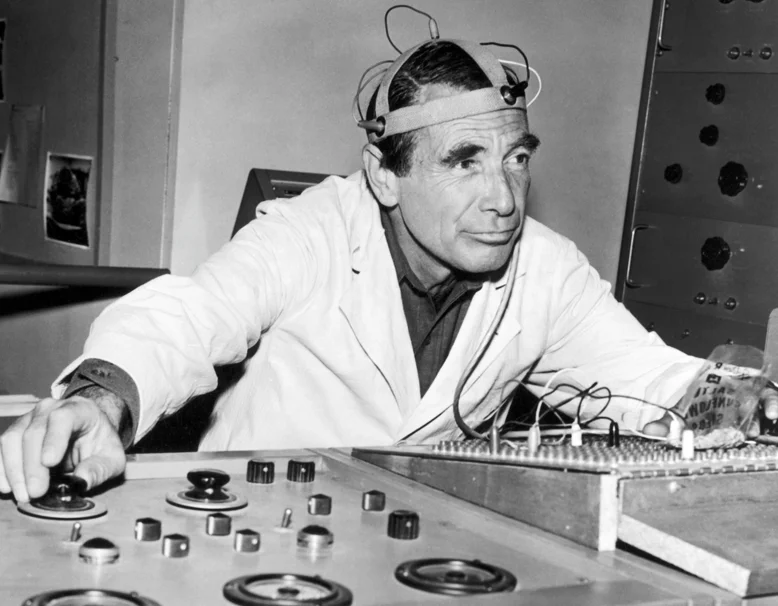
Often compared to The Twilight Zone but with a darker science fiction focus, The Outer Limits explored humanity’s relationship with technology and the unknown with surprising philosophical depth. The famous introduction warned viewers that the show was “controlling transmission,” serving as a meta-commentary on television’s influence over society. Each episode examined how humans respond when confronted with forces beyond their understanding or control.
Stories like “The Architects of Fear” questioned whether humanity needed external threats to unite us, while “The Sixth Finger” pondered the consequences of artificially accelerated evolution. The show frequently positioned the “monsters” as more morally advanced than humans, challenging viewers to reconsider their assumptions about progress and civilization at a time when Cold War tensions had many Americans questioning what humanity might be capable of.
5. The Fugitive (1963-1967)
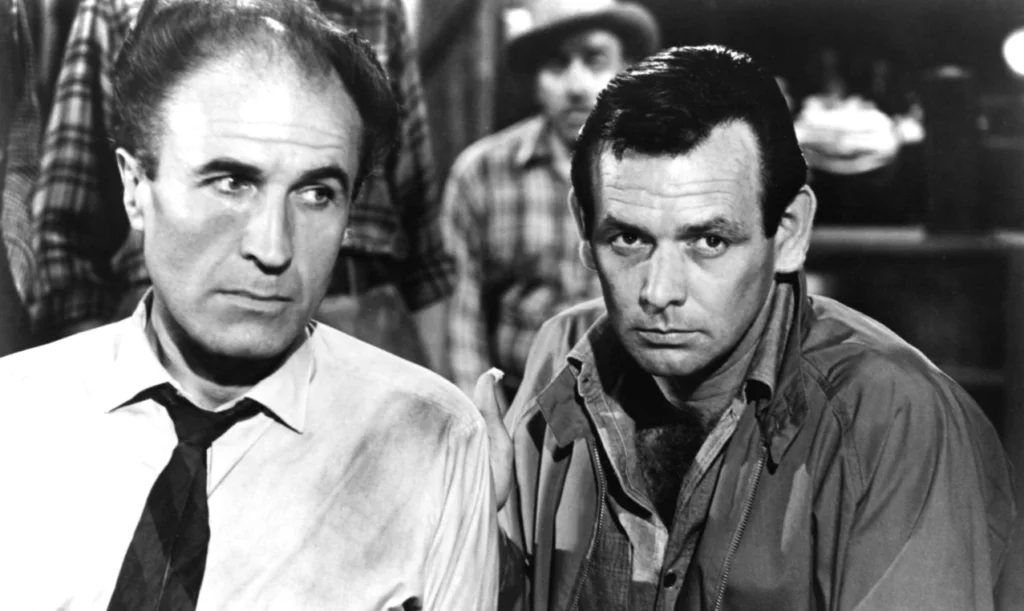
Behind its cat-and-mouse premise of a wrongfully accused man on the run lay a profound examination of truth, justice, and moral complexity. Dr. Richard Kimble’s search for the one-armed man who killed his wife provided the framework for exploring communities across America, revealing the gap between societal appearances and underlying realities. Each town Kimble visited exposed different facets of the human condition – prejudice, corruption, compassion, and resilience.
The show frequently subverted expectations by portraying Lieutenant Gerard, the man hunting Kimble, not as a villain but as a complex character committed to his duty while harboring doubts. This moral ambiguity was revolutionary for its time, eschewing black-and-white characterizations for more realistic portrayals. The record-breaking finale, watched by over 78 million Americans, provided a rare sense of resolution in television, but the show’s lasting impact came from its examination of how people behave when justice fails them.
6. The Man from U.N.C.L.E. (1964-1968)
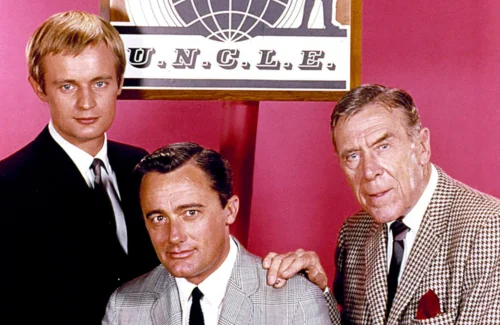
What appeared on the surface to be a stylish spy adventure series in the James Bond mold was actually a thoughtful exploration of Cold War politics and international cooperation. The partnership between American agent Napoleon Solo and Russian agent Illya Kuryakin represented an idealistic vision of East-West collaboration at the height of real-world tensions. The fictional United Network Command for Law and Enforcement stood as a metaphor for the United Nations and the possibility of nations working together despite ideological differences.
The show frequently questioned the moral compromises made in the name of security and examined how ordinary people respond when caught between powerful opposing forces. Episodes often subverted the typical spy narrative by showing the human cost of espionage and questioning whether the ends justified the means. This nuanced approach to Cold War politics offered viewers a more complex worldview than the propaganda often found in other entertainment of the era.
7. Mission: Impossible (1966-1973)

This high-octane espionage series delivered more than just elaborate heists and disguises; it presented moral dilemmas about manipulation, deception, and the ethics of covert operations. The Impossible Missions Force rarely used violence to accomplish their goals, instead employing psychological operations and elaborate cons that raised questions about perception versus reality. The team’s missions often involved toppling dictators or stopping criminal masterminds by exploiting their own paranoia and moral weaknesses.
The show’s formula—introducing a problem, crafting an intricate plan, and executing it despite complications—served as a meditation on determinism versus free will, as viewers watched characters seemingly trapped in elaborate systems of cause and effect. By focusing on the mechanics of deception, Mission: Impossible invited viewers to question the reliability of their own perceptions and the institutions they trusted, reflecting the increasing skepticism toward authority that characterized the late 1960s.
8. Bewitched (1964-1972)
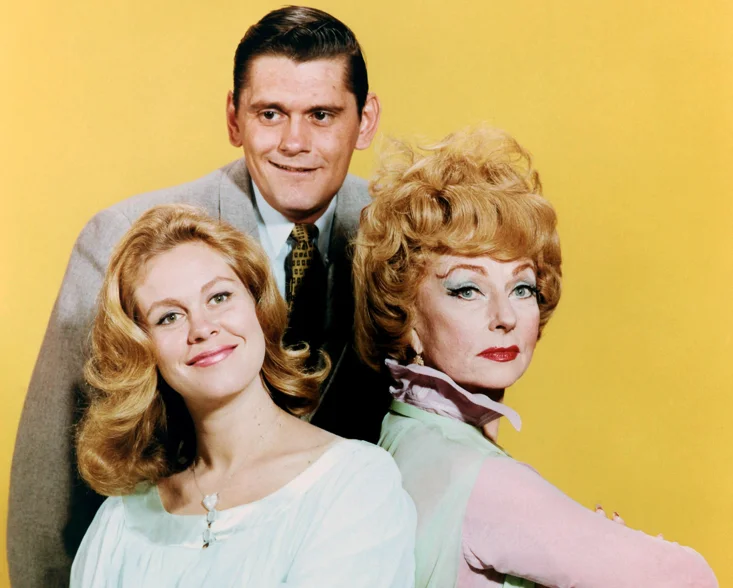
This magical sitcom about a witch married to a mortal was secretly a progressive examination of gender roles, conformity, and prejudice. Samantha’s struggle to suppress her powers to please her husband Darrin paralleled the real-world limitations placed on women in 1960s America. The conflict between using her magical abilities and fitting into suburban normality represented the broader cultural tension between individual expression and social expectations.
Samantha’s supernatural family, particularly her mother Endora, continuously questioned why she should diminish herself to accommodate her husband’s insecurities. The show’s fantastical premise allowed it to explore discrimination through the treatment of witches by “mortals,” serving as an allegory for racism and xenophobia. By presenting magic as a natural part of Samantha’s identity that shouldn’t be suppressed, Bewitched subtly challenged viewers to reconsider their assumptions about difference and assimilation decades before such themes became common in television.
9. I Spy (1965-1968)
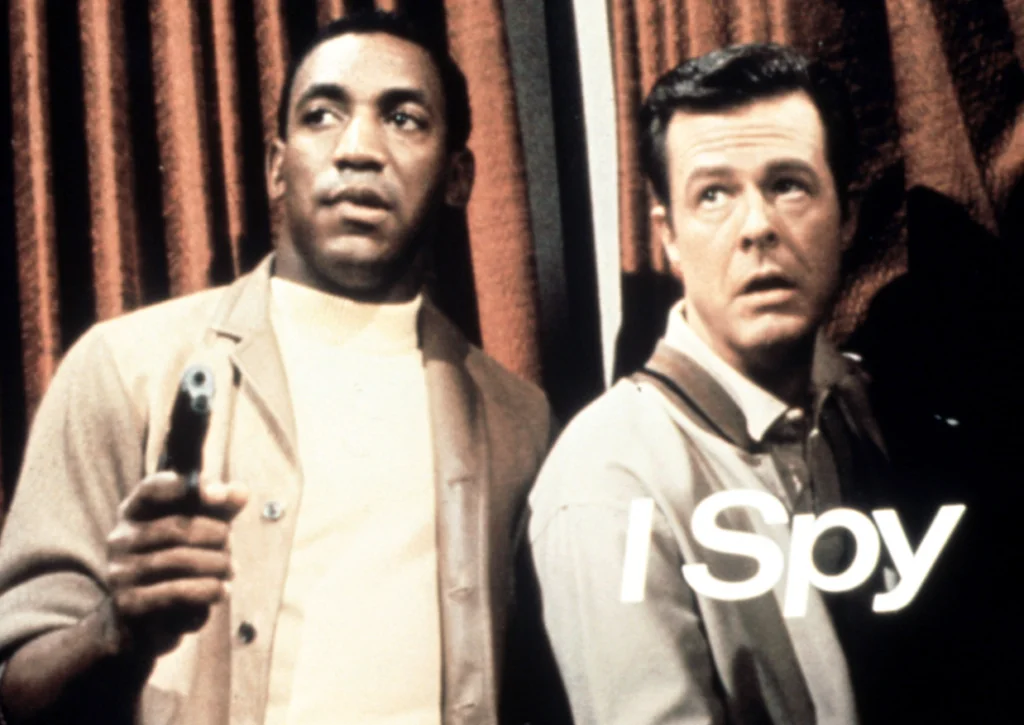
This groundbreaking espionage series starring Robert Culp and Bill Cosby as equal partners was the first American drama to feature a Black actor in a lead role. Beyond this historic casting, the show explored friendship across racial lines without making race its central focus—a revolutionary approach for the time. Set against authentic international locations, I Spy examined American foreign policy and cultural imperialism at a time when U.S. involvement overseas was increasingly questioned.
The characters frequently found themselves in morally ambiguous situations, questioning their orders and the impact of their actions on local populations. Episodes often ended without neat resolutions, acknowledging the complexity of global politics and the limitations of American power. By portraying its protagonists as thoughtful individuals rather than mere instruments of government policy, I Spy invited viewers to consider the human consequences of the Cold War beyond simplistic patriotic narratives.
10. The Wild Wild West (1965-1969)
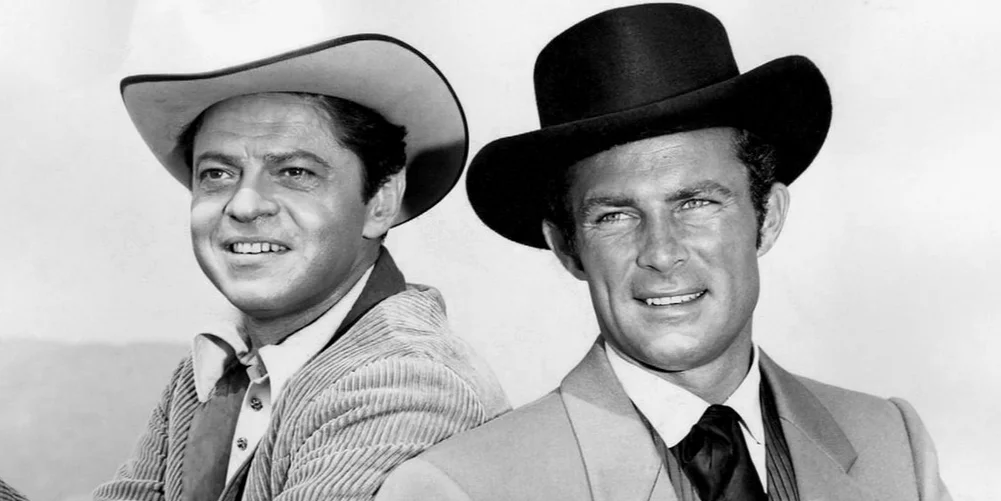
Disguised as a playful blend of westerns and spy thrillers, this series actually delivered a steampunk critique of technological progress and government power. Secret Service agents James West and Artemus Gordon confronted villains whose elaborate schemes and advanced technologies represented anxieties about modernization and the changing American landscape in the post-Civil War era. The show’s frequent gadgetry and mechanical monstrosities reflected concerns about dehumanization in an increasingly industrialized society.
The recurring villain Dr. Miguelito Loveless, a brilliant but bitter little person determined to reshape the world, embodied questions about who benefits from progress and who is left behind. The show’s formal structure—where order is repeatedly threatened then restored by government agents—implicitly questioned whether stability itself was always a virtue, particularly in a nation still recovering from civil war and wrestling with its identity. By setting these modern concerns in the Old West, the show created a dialogue between American mythology and contemporary reality.
11. Dark Shadows (1966-1971)
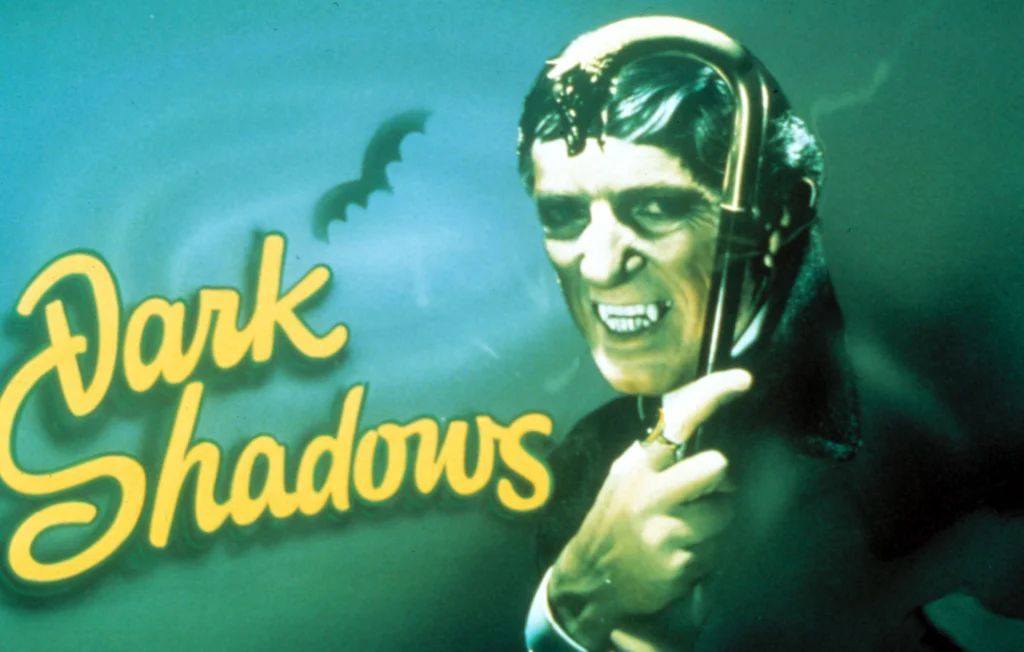
What began as a struggling gothic soap opera transformed into a boundary-pushing exploration of morality and monstrosity after introducing the vampire Barnabas Collins. Rather than portraying supernatural characters as simple villains, Dark Shadows presented them as complex beings struggling with their own nature, inviting viewers to sympathize with the “monsters” and question what truly makes someone good or evil. The show’s atmospheric setting at Collinwood mansion served as a metaphor for the dark secrets lurking beneath respectable facades.
The series employed time travel, parallel dimensions, and reincarnation to examine how patterns of behavior repeat across generations, suggesting that humans are haunted not just by supernatural forces but by their own historical mistakes. By airing these philosophical explorations daily in the afternoon timeslot typically reserved for traditional soap operas, Dark Shadows brought existential questions about fate, redemption, and the nature of evil into American living rooms when most viewers were simply expecting melodrama.
12. The Avengers (1961-1969)
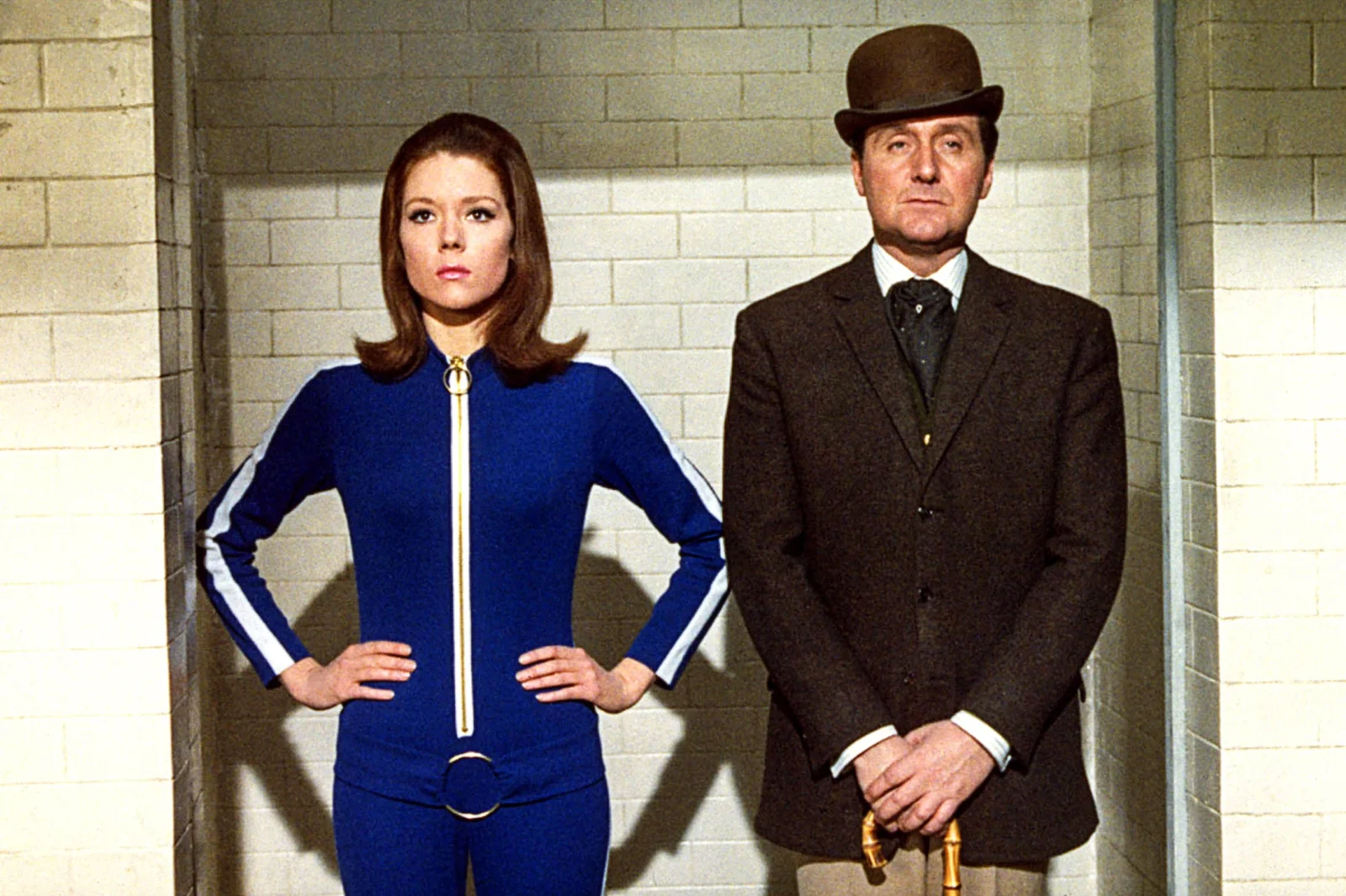
This stylish British series evolved from straightforward spy drama into a surrealist exploration of English identity during a period of rapid social change. Beneath its mod aesthetic and playful tone, The Avengers examined the collision between tradition and modernity in 1960s Britain. The eccentric villains often represented exaggerated versions of British institutions gone wrong—mad scientists, corrupt aristocrats, or twisted civil servants—suggesting anxiety about the nation’s evolving role in a post-imperial world.
The partnership between the traditional gentleman John Steed and progressive, leather-clad Emma Peel (and later Tara King) represented changing gender roles, with the female characters displaying intelligence and combat skills that frequently surpassed their male counterparts. Episodes regularly featured bizarre scenarios that questioned reality itself, reflecting the era’s psychedelic influences and challenging viewers’ perceptions. By balancing quintessentially British elements with counterculture sensibilities, The Avengers embodied the tensions of a society caught between preserving its heritage and embracing revolutionary change.



